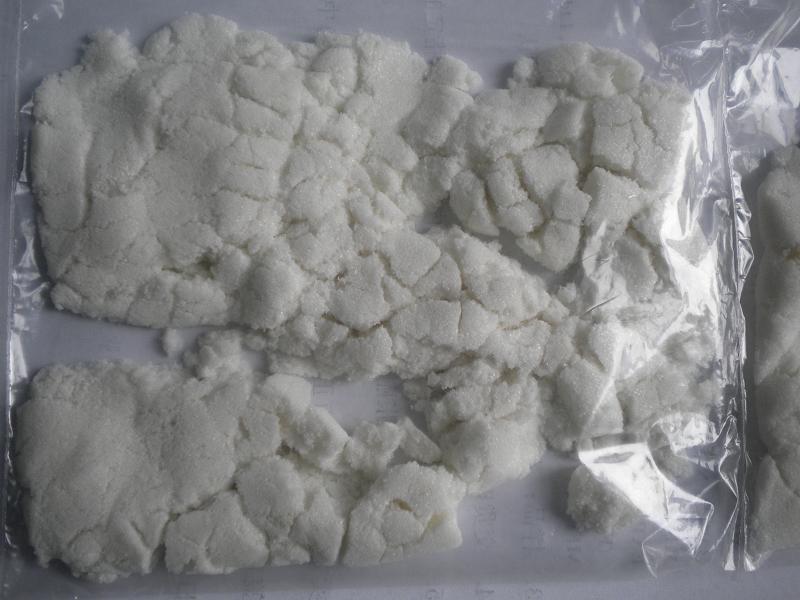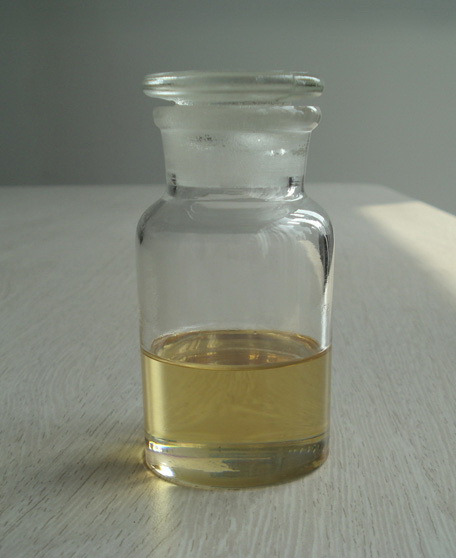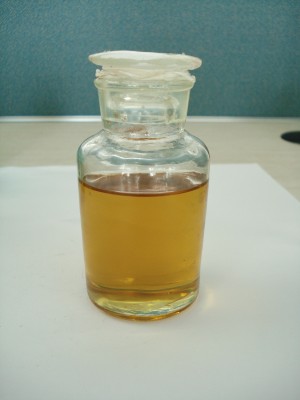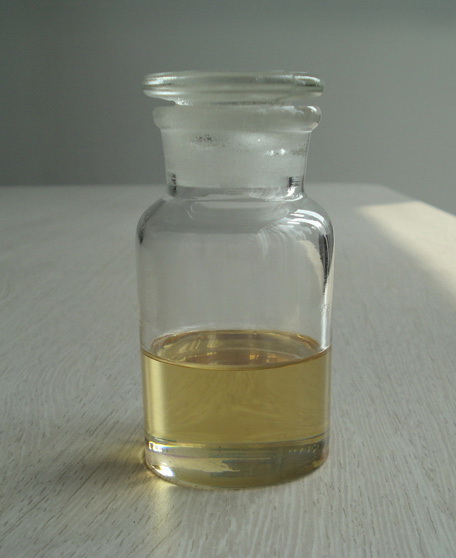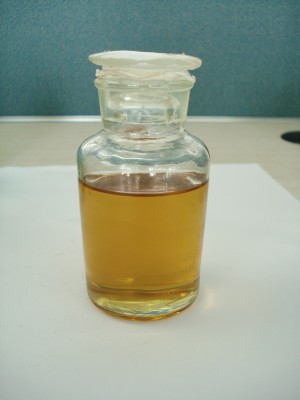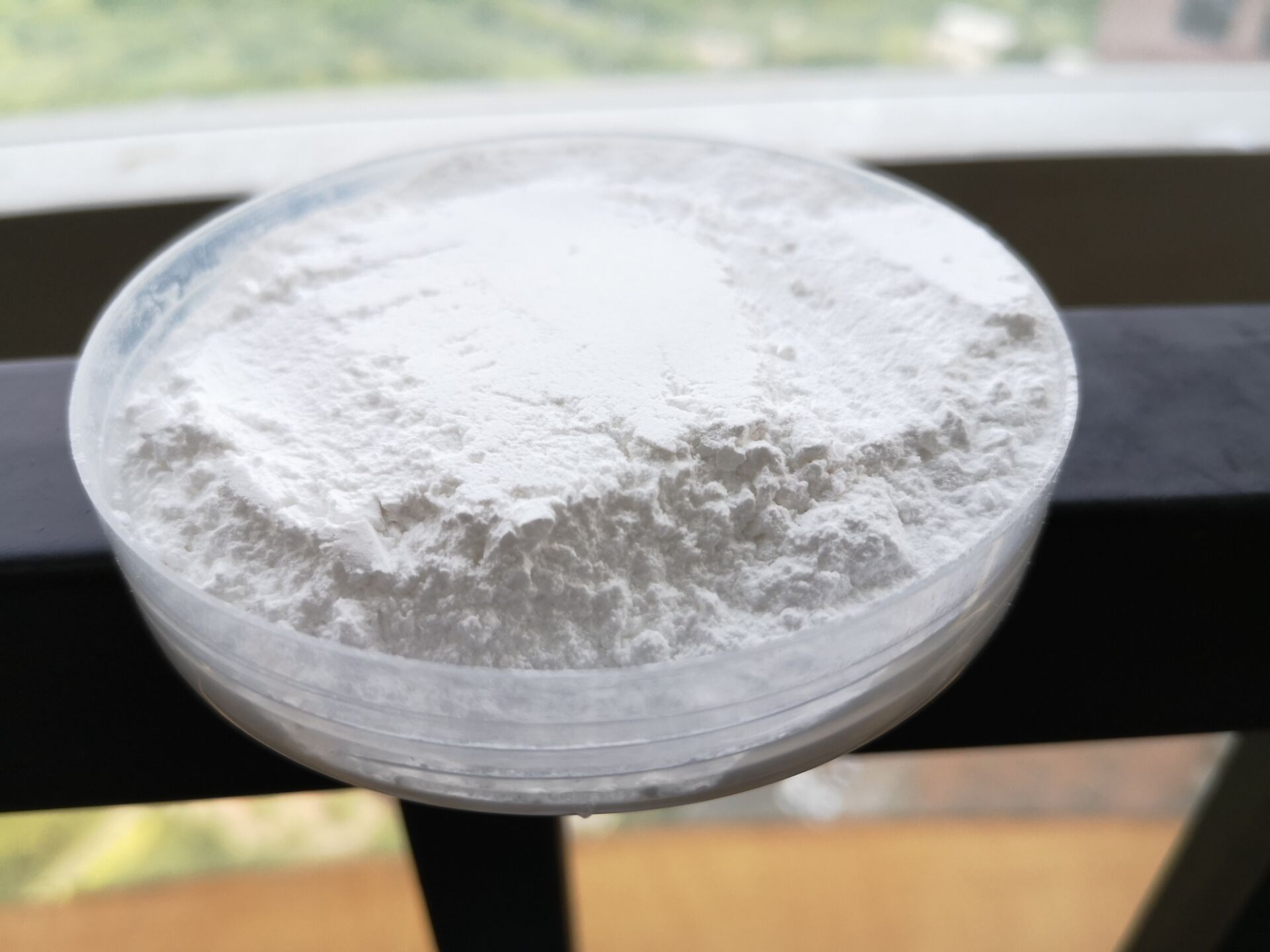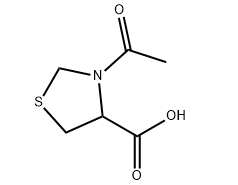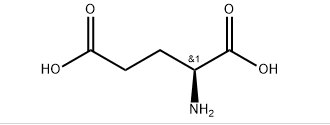Introduction
| Physical and Chemical Properties |
Betaine is also known as trimethylamine, and is the quaternary ammonium derivatives of glycine and a class of N-methyl-compound or trimethyl inner salt after the hydrogen of the amino group being substituted by the methyl group. Common kinds include glycyl betaine, β-alanyl-betaine and prolyl-betaine. We can obtain prismatic crystals or leaf-shaped crystals from ethanol, is sweet taste, and deliquescent. Melting point: 293 °C; it will decomposed at 300 °C. It is soluble in water, methanol and ethanol, but insoluble in ether, and can be isomerized into dimethylamino methyl acetate at the melting point. We can obtain its monohydrate crystal from the aqueous solution of the free acid HO-N (CH3) 3-CH2COOH which generates betaine upon dehydration at 100 °C, and is stable in acid. It can obtain trimethylamine upon reaction with concentrated aqueous potassium hydroxide and can have Maillard reaction with sugar (browning reaction). It is presented in plant such as cottonseed and beetroot as well as in animal substance such as barbed shark meat and crab refined juice. It can be recycled from the mother liquor of beet sugar. It may also be obtained from the methylation reaction of amino acetate or the reaction between chloroacetate with trimethylamine. Clinically it is used in combination with N-amidino glycine for treatment of myasthenia gravis. In analytic chemistry, it can also be used as the reagent for identifying gold. This product is the amphoteric surfactants of betaine used as a leveling agent for vat dyes dying. Drought or salt stress, many plants can accumulate betaine inside their body and become a major organic solutes for osmotic adjustment and have a further protective effect on cell membrane and cellular proteins. The above information is edited by the Chemicalbook of Dai Xiongfeng. |
| Feed additives | Betaine is a natural compound, and belonging to a kind of quaternary ammonium alkaloids. The name of this substance is because of that it is first extracted from sugar beet. It has been over 50 years since it has been used as a feed additive. It has attracted much attention due to its important of in protein metabolism and lipid metabolism of animals, and has been widely applied. Adding to the chicken feed can increase the amount of broiler carcass quality and chest quantity and also improve the food palatability and utilization rate. Increased feed intake and daily gain is the main component of palatability of aquatic attractant. It can also improve the feed rate of piglet, and thus promoting its growth. It has another important feature as a kind of osmotic pressure regulator which can alleviate the stress of gastrointestinal and increase the viability of juvenile shrimp and fish seedlings under the variation of various stress conditions, such as: cold, heat, disease, and weaning in living conditions. Betaine has a protective effect on the stability of VA and VB and can further improve their application efficacy without having the irritation effect of betaine hydrochloride at the same time. |
| Efficient active methyl donor |
Betaine is widely presented in plants and animals with beet containing the highest content among plants. In animal body, betaine is acted as a highly active methyl donor which plays a important role in regulating the metabolism of methyl group, and can partially substitute the methionine and choline, and thus promoting fat metabolism, improving feed palatability, alleviating heat stress, regulating the osmotic pressure of the body, and maintaining the stability of the vitamin premix for improving farming efficiency. Inside animal bodies, betaine provide methyl group to cysteine, generating methionine which is further converted into S-adenosine methionine, and further transferring methyl group then to DNA, RNA, protein, creatine, lipids and other important methyl-containing ingredients. Methyl group is very unstable and can’t be synthesized by animals themselves but can only rely on food supply. The efficiency of betaine of providing methyl group is 1.2 times as high as choline chloride, and 3.8 times as high as methionine. Choline itself can’t act as a methyl donor which must be first transported to the mitochondria for oxidation into betaine and finally released into the cytoplasm before being able to act as a methyl donor. Studies have shown: Adding 1.25 kg of this product at per ton of pig feed has no effect on growth, development and feed efficiency, but causing 15% decrease in back fat content and increasing the tenderloin quantity in cross-sectional area, improving carcass meat; adding betaine to chicken feed can reduce the necessary amount of dietary methionine. During the initial phase of broiler feed, adding 750 g of betaine pre ton of feed can substitute 1.5 kg of methionine, and adding 450 g of betaine can substitute 1 kg of methionine during the latter phase. Betaine also has effects on prevention and treatment of fatty liver of pigs, chickens and fish. |
| Chemical Properties | It is colorless crystals or white crystalline powder, odorless, and has a sweet taste. Melting point: 293 °C (decomposition). It is highly deliquescent. 1g of this product can be dissolved in 0.63 g of water, 1.8g of methanol, and 11.5g of ethanol. It is slightly soluble in ether. Concentrated alkaline can lead to its decomposition and release of trimethylamine. Male rats: orally LD50:11.2g/kg, female rats by oral LD50:11.15g/kg. |
More Products




